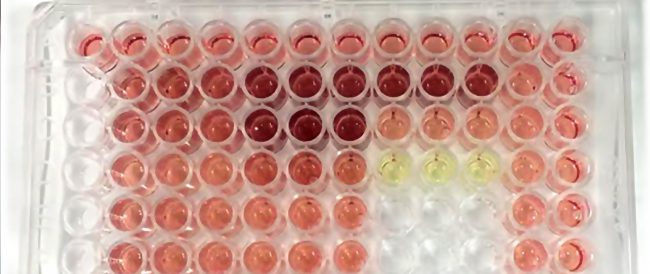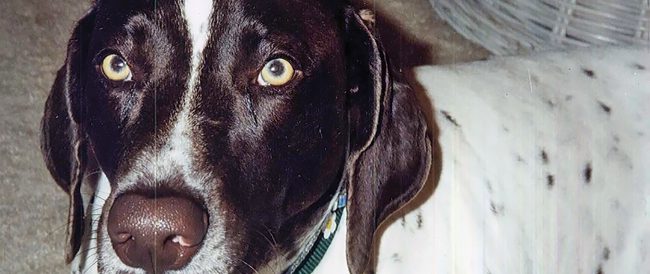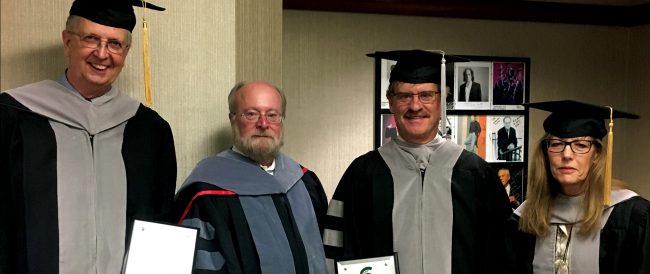 Read More
Read More

While pursuing his DVM at the MSU College of Veterinary Medicine, Dr. Hunter John Piegols began researching new treatment possibilities for a specific form of cancer found in cats. This led to the publication of his paper “Investigation of novel chemotherapeutics for feline oral squamous cell carcinoma” (FOSCC) in Oncotarget.
Why research FOSCC?
My interest in cancer biology stems from my undergraduate training in cell and molecular biology. My experiences through the Summer Research Program at the College were very influential including attending the Merial-NIH National Veterinary Scholars Symposium twice. These interests were fostered by Dr. Vilma Yuzbasiyan-Gurkan while pursuing my DVM. Through her mentoring and the guidance of Dr. Maciej Parys and Dr. Marilia Takada, who were PhD students in her research group, I came to appreciate the need for further research pertaining to FOSCC.

What significance did the human-animal bond have for your research?
It is a very exciting aspect of our research. There are many similarities between FOSCC and squamous cell carcinoma of the head and neck (SCCHN) in humans. Both FOSCC and SCCHN have poor prognosis despite treatment, and FOSCC has previously been established as a spontaneous model for SCCHN, which means any possible findings regarding treatment of FOSCC also could highlight treatment possibilities for SCCHN.
Can you describe your research?
My research began during the Summer Research Program and was funded in part by MSU College of Veterinary Medicine Endowed Research Funds, the MSU Graduate School, and the MSU Center for Feline Health and Wellbeing. I also was supported by a Graduate School Fellowship.
It focused on identifying drugs that potentially could be repurposed for the treatment of FOSCC by inhibiting cancer cell growth. We initially tested nearly 2,000 drugs on 3 cell lines derived from FOSCC tumors to identify candidate drugs. After using a variety of cut-offs and criteria, we identified 4 drugs for further investigation. We then went on to identify the drug concentration needed to decrease cell viability, characterize how the drugs affect cell division, and determine if the drugs cause cell death.
What were your results?
We identified four drugs, not currently described in the scientific literature, that can inhibit the growth of FOSCC cell lines at concentrations that we suspect can be achievable in the blood of affected patients. Three of the drugs alter cell division, and two of the drugs induce cell death.
Do your results suggest any new possibilities for treating SCCHN in humans?
Several of the drugs we identified for possible future use in treating FOSCC also had not been previously identified for use in treating SCCHN. While further studies are needed, it is exciting that the results of our study may have implications for the treatment of SCCHN. This is just one example of the unique role veterinary medical research has in the advancement of both animal and human health.
















